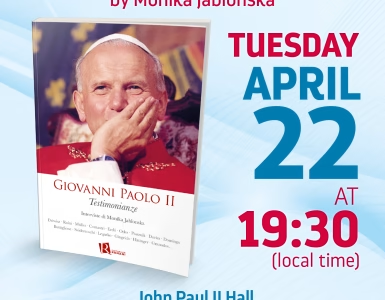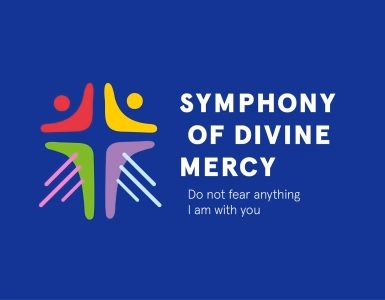In Asia, 85 percent of the population is non-Christians. Giant China remains hermetically sealed. There are traditional religions. More than thirty Muslim countries more or less limit the mission of evangelization. However, despite the mistakes of the past, there seems to be room for a religion such as Christianity, which combines the contemplation of God with a focus on man and his problems.
I think I have the right to say that one of the greatest regrets of John Paul II was the misunderstanding of his relations with China and with Chinese society.
He loved the Chinese people. With all his heart he felt himself a true friend of this people, so much so that he set about learning Chinese, and not with a view to a journey that at that time seemed unrealistic, but in order to convey directly the Christmas greetings for Christmas and Easter in this language, thus signaling to the faithful, extremely faithful Catholics, that the Pope is with them. He also wanted to show the entire Chinese people that he love them.
The Holy Father has always tried to maintain good relations with China. He respected the “pride” of this nation, which comes from its origins, and wanted to help China take a worthy place in the international community. This was the attitude of the Catholic Church and the contribution, as a religious and spiritual community, that she could make on common ground, such as the promotion of the human person and peace in the world. It was never about internal interference in China’s affairs. Absolutely not. On the contrary – it was a support so that the Chinese people could play an important role that belongs to them in the great family of nations.
This is what John Paul II wanted. I can assure you that he did everything in this spirit. His intentions were not understood, and he suffered greatly because of it. The hope remains that China will find a way to respond to his desire…
With the consent of Cardinal Stanisław Dziwisz – “Testimony”.
TBA marketing communication Publishing House. Warsaw 2007





